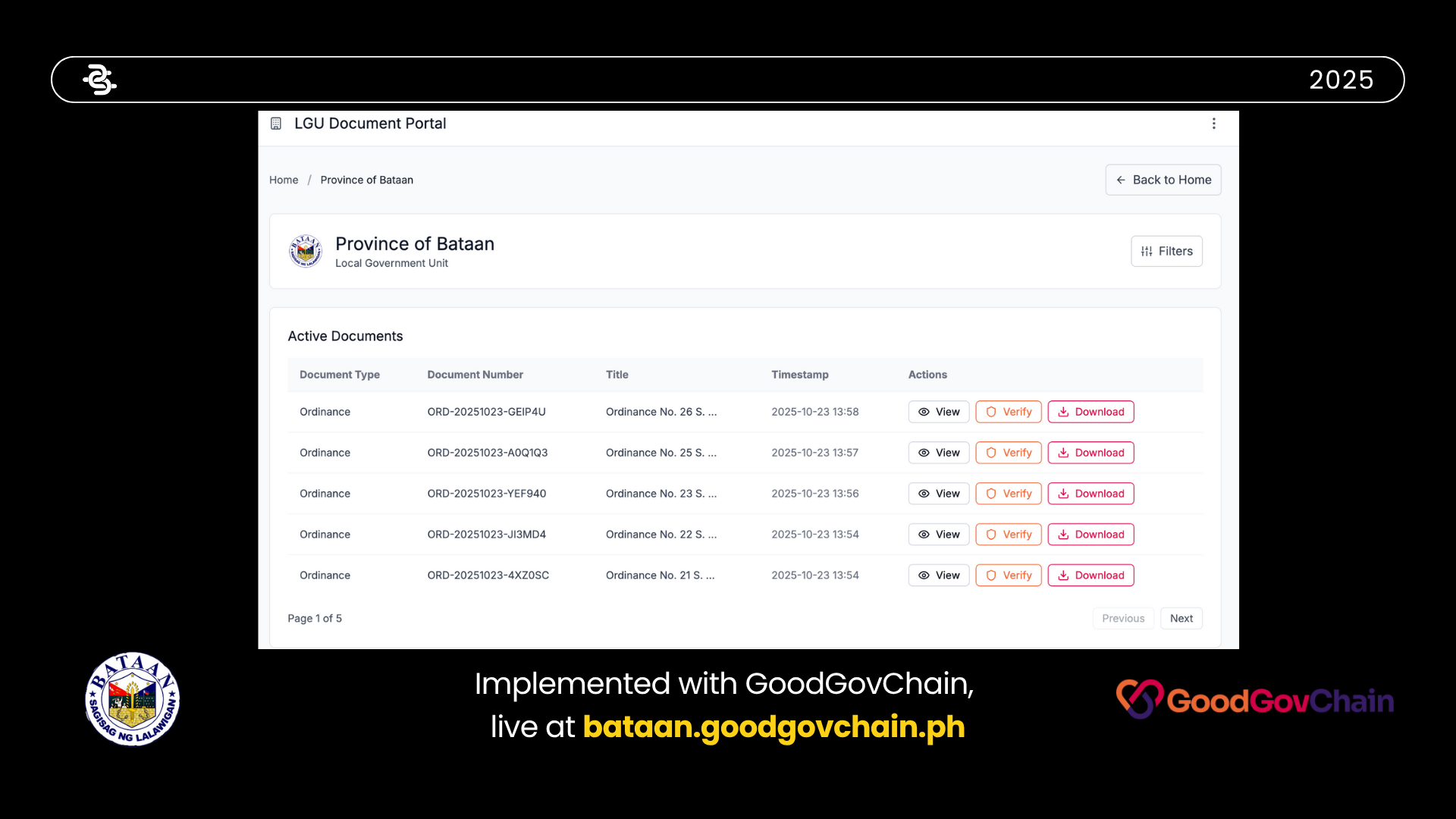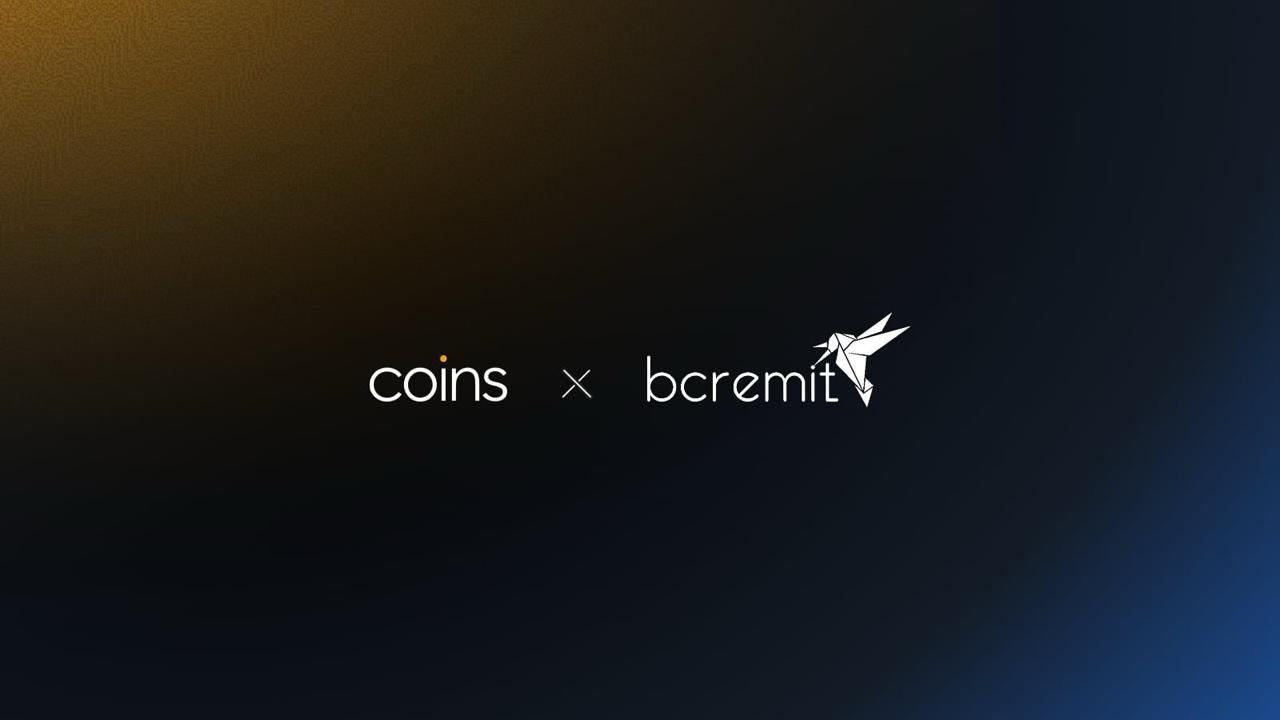How to Start Staking in 2025: A Beginner’s Guide to Safer Rewards
For many people entering crypto, staking is often the first “earning” feature they encounter. The idea is simple: hold your tokens, commit them to a network or platform, and receive rewards in return. But when faced with choices like flexible vs. locked staking or reading about proof-of-reserves, the process can quickly feel overwhelming.
In 2025, staking has matured into one of the most popular crypto services. Billions of dollars are committed across exchanges, and yields vary widely—from 1–3% on flexible BTC deposits to over 8% on locked stablecoin products. To make sense of it all, let’s break down how staking works, what to watch out for, and how one platform like MEXC Ventures is structuring its services for clarity and trust.
Step 1: Understand the Two Types of Staking
- Flexible staking: Think of it like a savings account. You deposit crypto and earn rewards daily, but you can withdraw at any time. The trade-off is lower yields, typically in the 1–3% range.
- Locked staking: Here you commit funds for a set duration—sometimes days, sometimes months. In return, you may earn significantly higher rewards (6–8% or more on stablecoins). The drawback is less liquidity, since assets cannot always be accessed early.
Step 2: Compare Platforms, Not Just APYs
It’s tempting to chase the highest yield, but in practice, what matters just as much is trust. Does the platform let you verify that assets are truly backed? Are minimum deposits low enough for beginners? Is there a mix of flexible and locked products?
Platforms like MEXC Ventures offer staking programs that start with low minimum deposits and provide both flexible and locked options. Daily payouts help users ease in, while longer commitments open the door to higher rewards. Most importantly, the exchange backs these services with proof-of-reserves reporting, giving users visibility into whether funds are fully backed.
Step 3: Weigh the Risks Before You Stake
Even the most user-friendly staking product comes with risks:
- Token prices can fall, erasing gains.
- Lock-up periods may restrict access when the market turns volatile.
- Proof-of-reserves reduces blind trust but does not eliminate operational risk.
Understanding these trade-offs helps users decide how much, and for how long, to commit.
Step 4: Start Small, Then Scale
For first-time users, the safest approach is to begin with flexible staking. This way, you can learn how rewards accumulate while keeping the option to withdraw anytime. Over time, as confidence grows, locking in part of your holdings may make sense—especially with stablecoins where volatility is lower.
Staking is no longer just a niche DeFi feature; it has become a gateway into crypto for millions of retail users. In 2025, the platforms that succeed will not be those that simply advertise the highest APRs but those that make staking clear, accessible, and trustworthy. MEXC Ventures is among the exchanges leaning into this direction, showing how user-first design and transparency can make staking a true bridge into broader adoption.
If you’re exploring staking this year, think of it less as a hunt for the highest number and more as a step-by-step journey. Start small, learn the mechanics, verify the trust signals, and then grow your participation with confidence.
For Southeast Asia audiences only. Not intended to Philippine residents. Nothing in this content constitutes financial advice. Always do your own research before engaging in any digital asset activities.
.svg)


.svg) SHARE TO FACEBOOK
SHARE TO FACEBOOK SHARE TO TWITTER/X
SHARE TO TWITTER/X SHARE TO LINKEDIN
SHARE TO LINKEDIN SEND TO MAIL
SEND TO MAIL



.svg)


.svg)